How Russia’s Skate Culture Found Its Own Unique Sense of Style
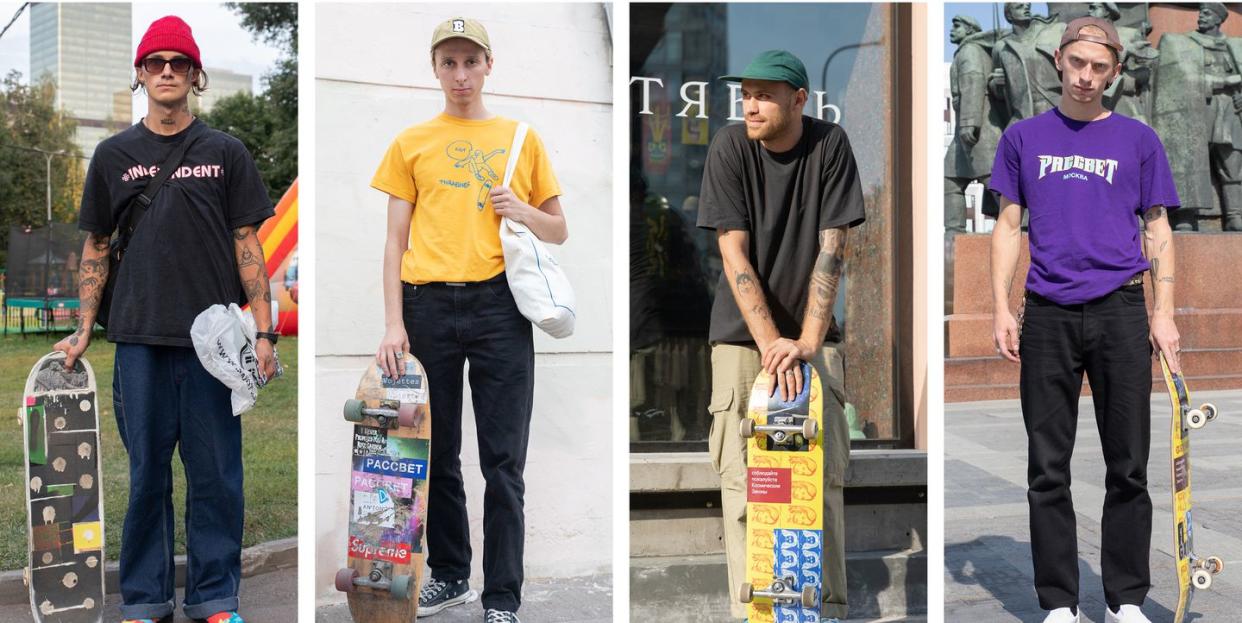
Some people will tell you that the internet killed style subcultures-or a least turned them into a global, universally accessible phenomenon. We say that’s bullshit. Even as the world is shrinking, there are still truly unique groups out there: Men and women doing precisely their own thing, in their own place, in a way that can’t be replicated elsewhere. And we wanted to find them. In this five-part series, Esquire traveled around the world in search of the groups that take personal style to the peak of its meaning.
When skateboarding first hit the USSR in the late '80s, style wasn't a part of the mix. The city of Saratov was home to the first-ever domestic skate festivals and skate park, but the idea of cruising around on a four-wheeled board was still exotic. The movement was young, the culture from abroad almost inaccessible. During those times, Moscow might as well have been another planet for skaters from places like the United States.
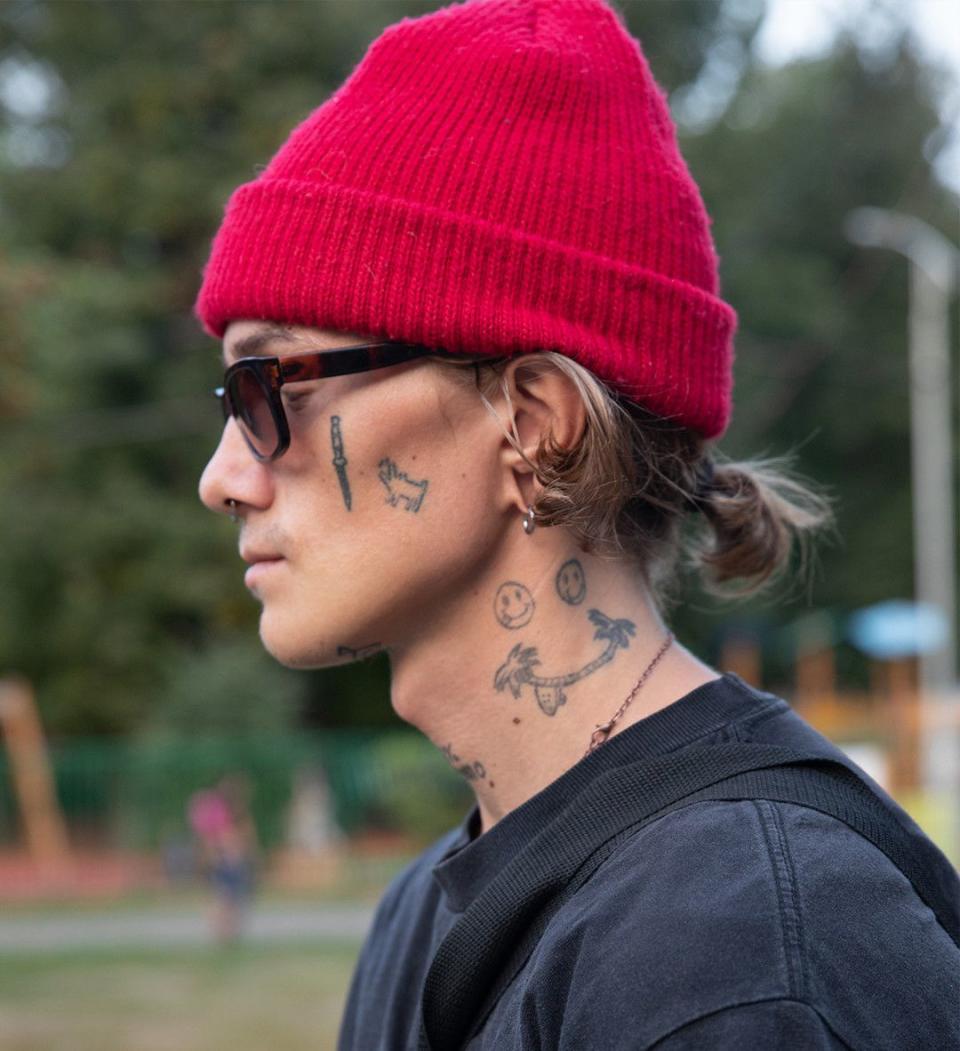
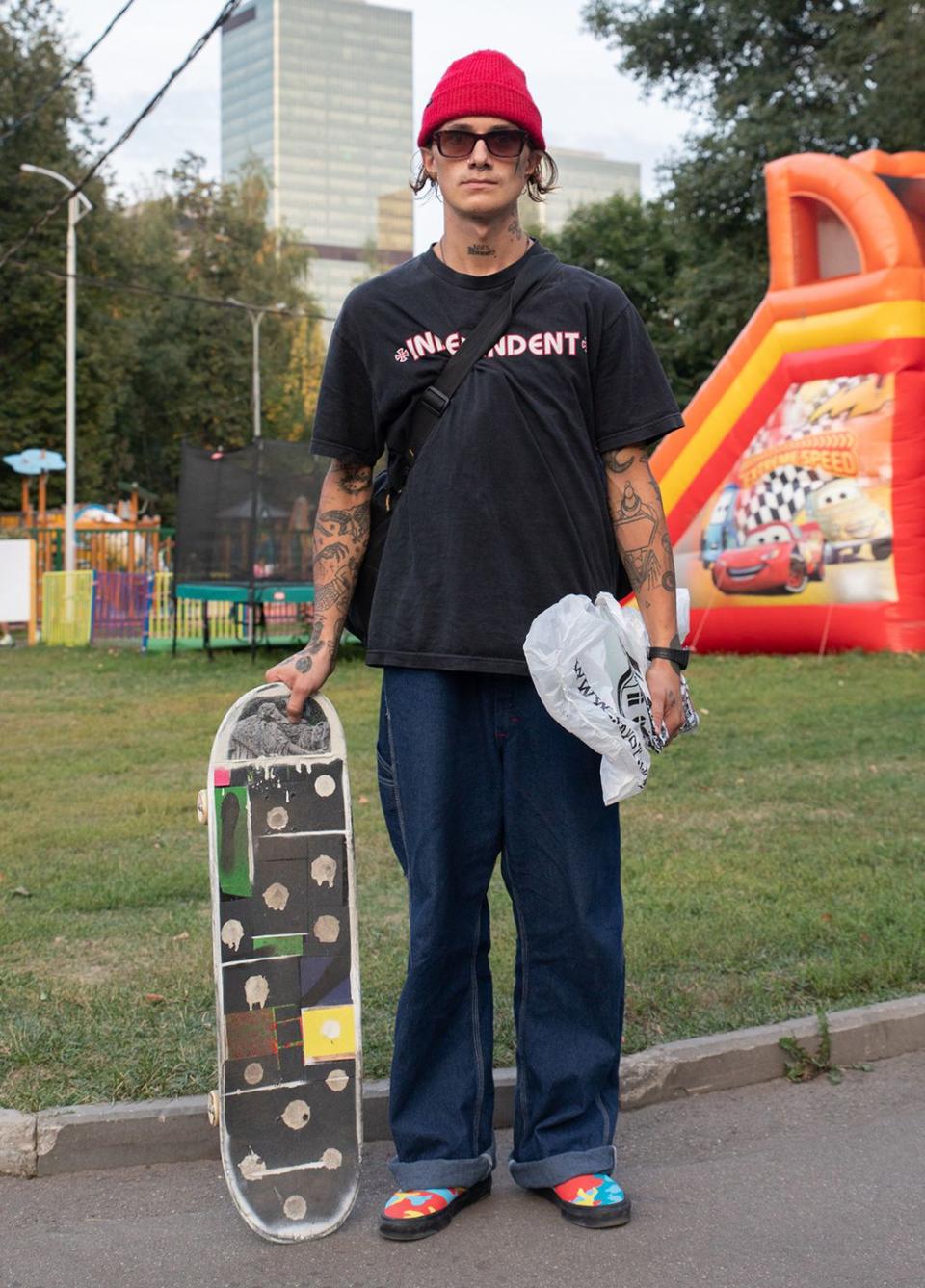
Then, in 1987, several team riders of the world-famous skate magazine Thrasher came to the USSR. It was one of the first times local kids saw what skate style could be-but it was just the beginning. Because it was the '90s that proved fundamental in the evolution of Russian skate style.
“The first time I became aware of skate style was when I saw the video for 'Time for Livin'' by the Beastie Boys," remembers Moscow skate pioneer and cofounder of skateboard brand Coalition, Alexey Bobkov. "Actually, I'd already been riding a skateboard since I was 7. But I didn’t even know that you could do tricks on it. I saw this video and it opened the whole another side of riding. After that I bought the proper skateboard and went skating."
"Time for Livin'" was released in 1992, but it was in 1996 and 1997 that Bobkov became part of the Russian skate subculture. And as with so many subcultures, music was an essential element. "Most of the skate pioneers in Moscow were connected to the punk-hardcore scene," Bobkov explains. "But at the same time, skateboarding was a diverse and holistic culture itself." People from with different mindsets and interests brought new perspectives to skate culture-the same way they did in Russia as a whole.
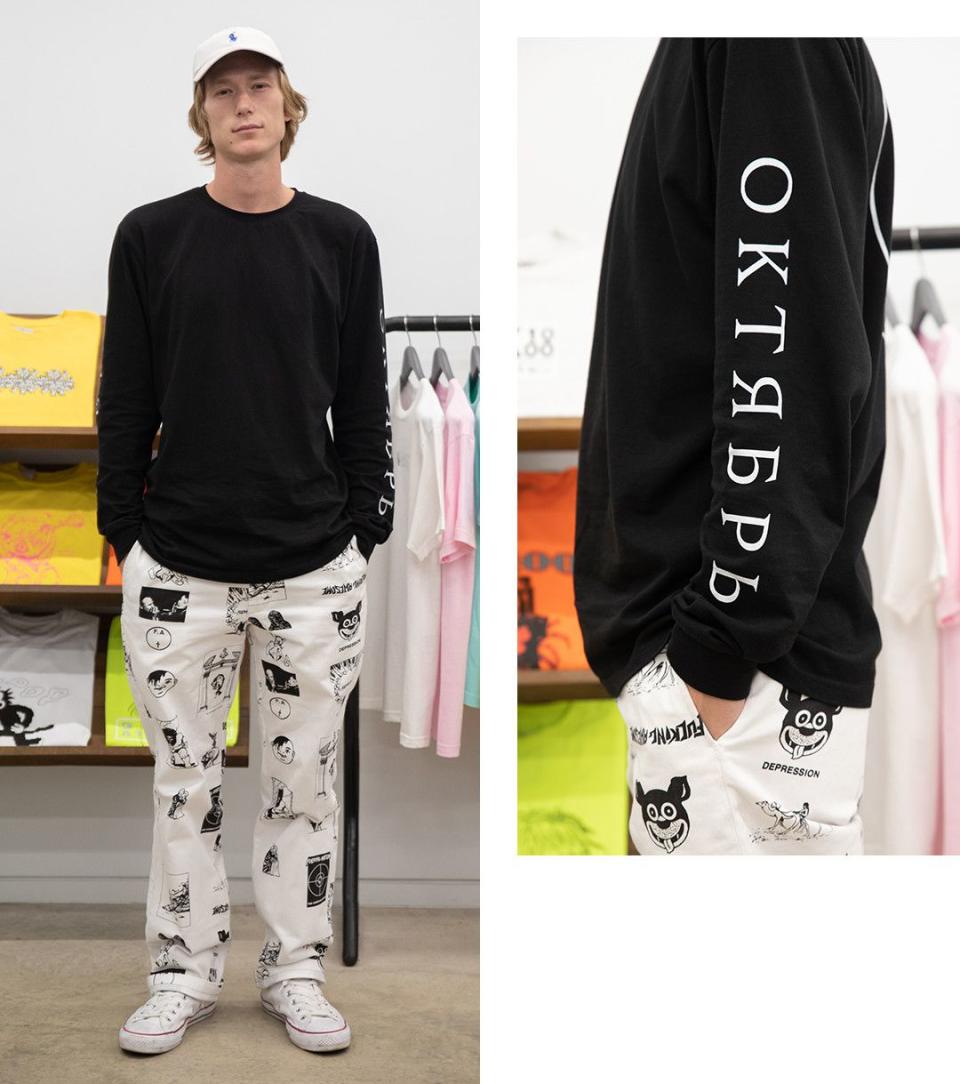
During the mid-'90s, the US was the epicenter of skate culture. That booming culture in turn triggered the growth of an industry. New skate shops and brands shot up like weeds. Russia, though, didn't enjoy the same situation. Getting a proper pair of skate shoes was a task in and of itself. But the dearth of easy options inspired local kids to be more creative.
"There were no skate shops at that time," says Bobkov. "Most guys in the know went to secondhand stores. There you could find Thrasher hats or even FUCT stuff." People also traveled to other countries to get one of the most coveted parts of the skate uniform: the shoes. In 1996, you could find Vans in just one of the Moscow stores.
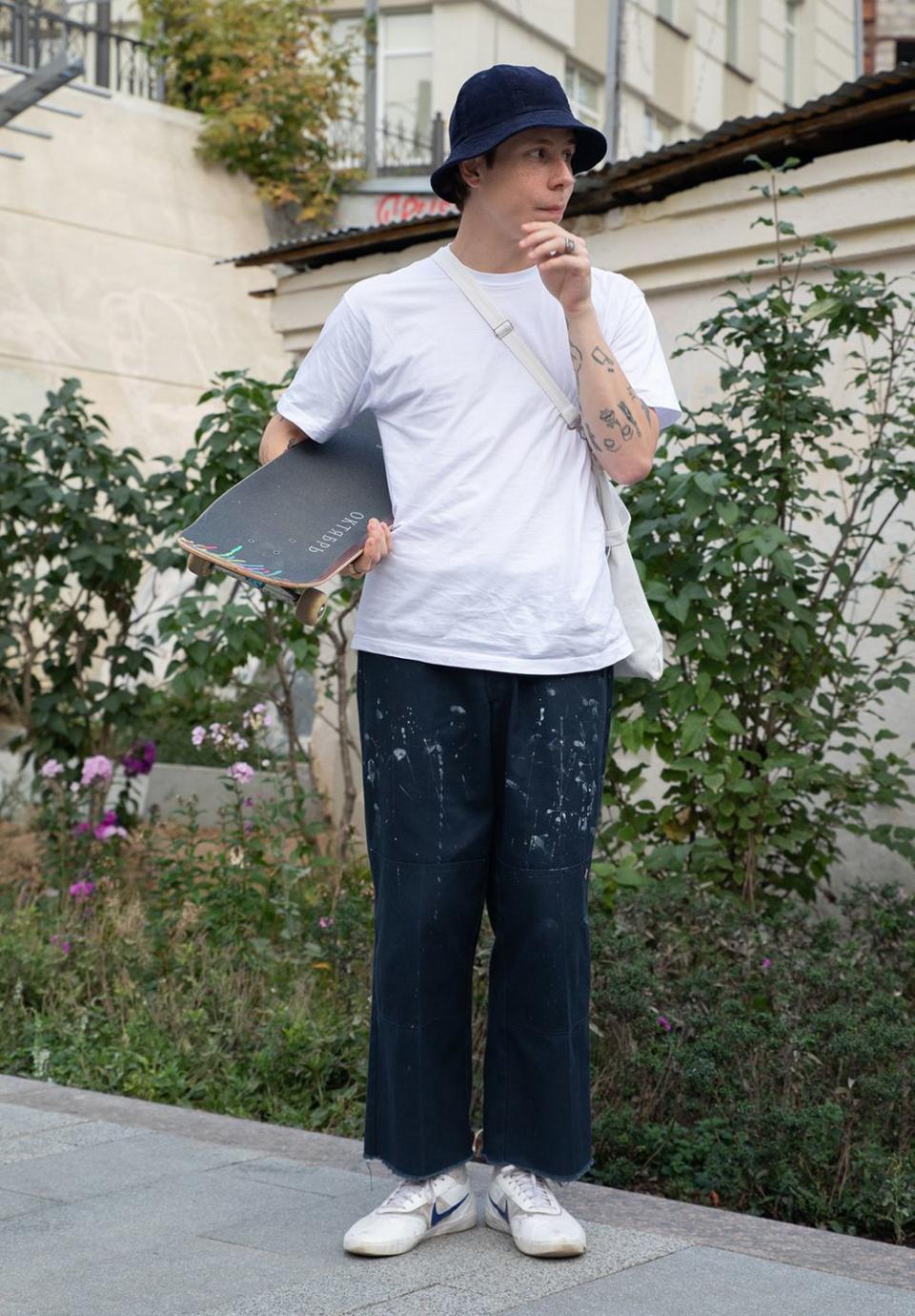
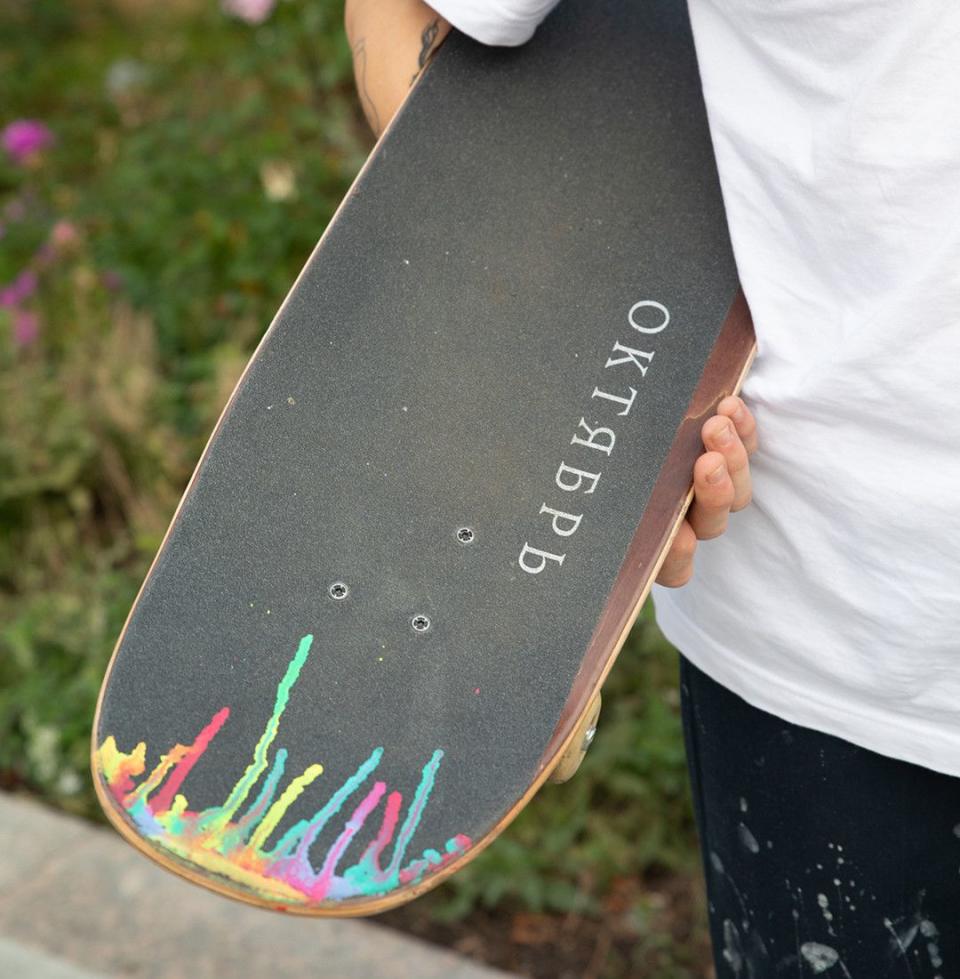
For an example demand for skate shoes-and the ingenuity it fostered-consider this: Pairs were brought in from spots like Poland in backpacks, and without boxes, in order to get more stock into the marketplace. Boskov remembers this period well: "Some guys have been already traveling, and they brought back merch for hardcore bands or skate brands' clothing."
By and large, skateboarding was recognized as an American culture. Russian kids looked up to the US scene, and tried to imitate the style, filtering everything through their own geographic perspective. With the lack of the internet, VHS tapes were the main voice of skateboarding during those days. Still, though many of the goods and aesthetics were imports, "It was a very local community, and everyone payed a bunch of attention to style."
"In the mid-'90s, Moscow skaters were very stylish," says Bobkov. "We wore washed blue denim, oversized T-shirts, long belts, and skate shoes. It was kinda fundamental style. There were even some stores where you could buy Vans shoes. Guys also rocked Vision and Airwalk." Clothes were a meaningful expression of who a person could have been in the new Russia, and skate style was just one of myriad examples. Still, the number of kids actually embracing the look was small.
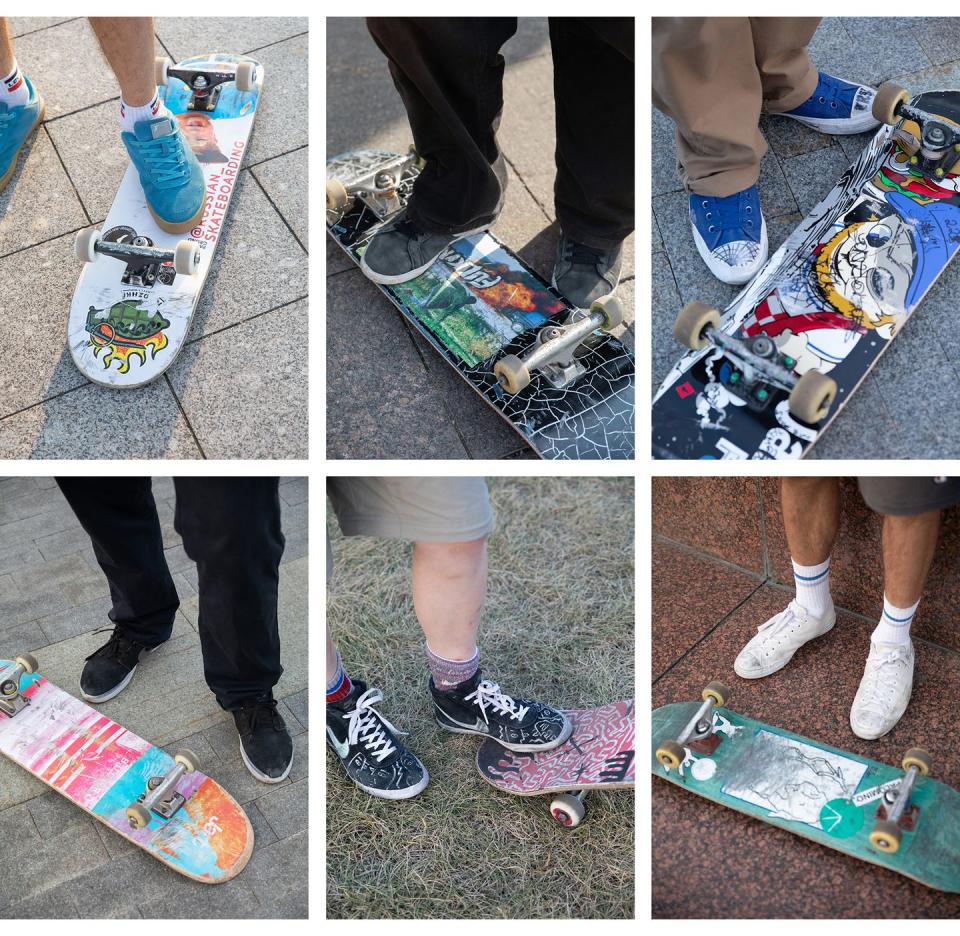
"You had to put in effort to be stylish during those days," emphasizes Bobkov. "Everything was hard to get. Eventually your outlook could be very solid, but there were almost no differences between local skaters and Americans." Well, except for the fact that while skaters in the US were viewed as a countercultural force, skaters in Russia seemed almost extravagant in their pursuit of hard-to-find clothes; they stood out from the crowd.
Bobokov recalls one particularly interesting incident from the early days of Russian skate culture. "In 1996, [the legendary punk band from Los Angeles] NOFX was supposed to have show in Moscow. But the gig was canceled. Still, loads of people came to the show. And guys from the Saint Petersburg ska band Spitfire wanted to meet kids who came to support the NOFX from the states," he explains. "They came up to Moscow skaters and began to talk in English. It was pretty rare to see that kind of style in the city. Most 'normal' people perceived skaters of those times as aliens."
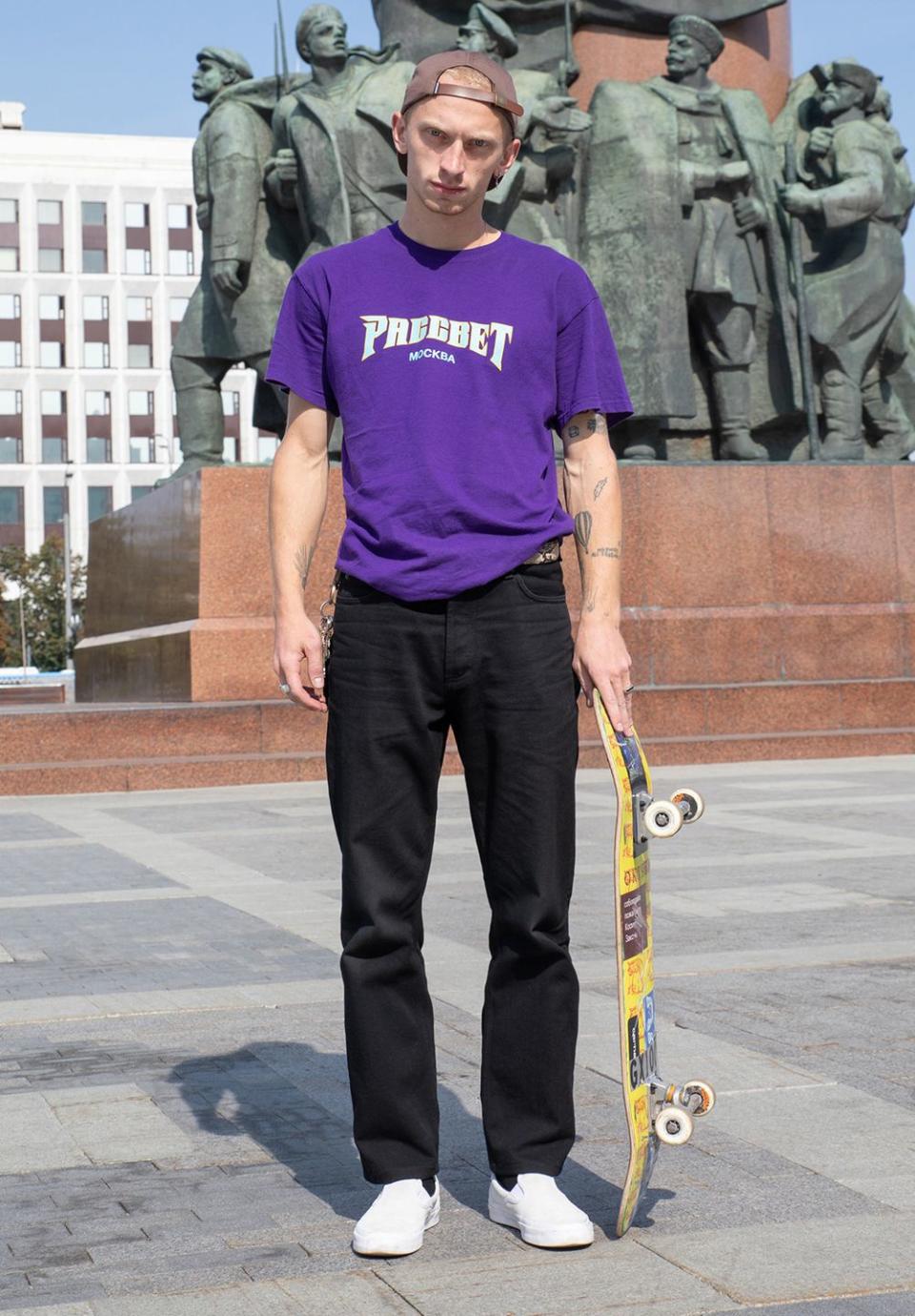
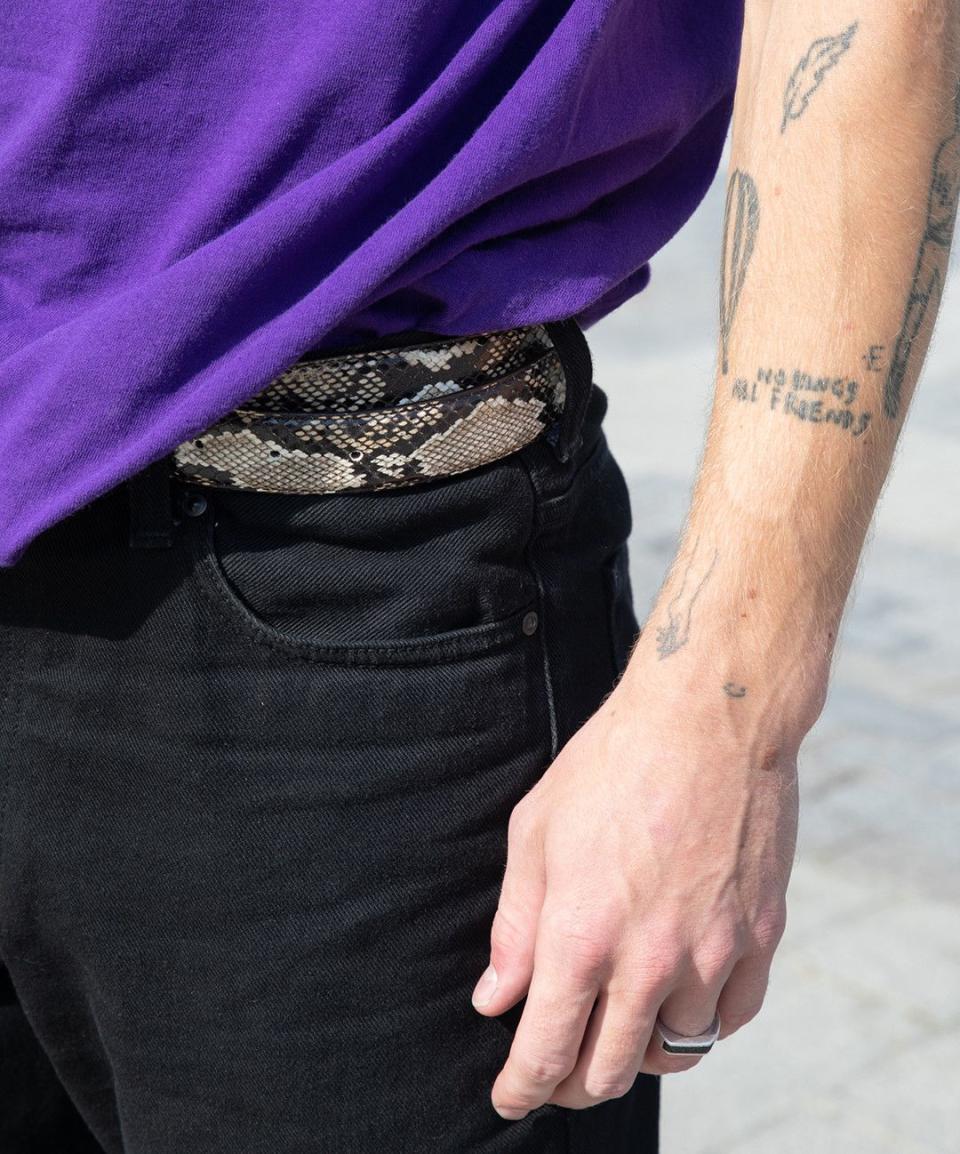
Eventually, Russia began to adapt. In 1999, the first-ever skate shop opened its doors, ushering in the beginning of the new era. MTV was another major player. The Russian version of the infamous channel appeared in 1998 and pushed the boundaries of the local style. Now, kids had one more example of how "generation next" should be dressing.
Over the course of the next decade or so, skate style began to filter into other aspects of culture. It was already popular among non-skaters in the US and Europe. Alternative bands and rappers appeared in videos wearing gear from skate brands, and skate shops became cultural meccas. But despite this popularization, self-sufficient skaters always brought something from their personality, lifestyle, and interests. Like everywhere else, Russian skate culture realized that while the majority was adopting a look wholesale, the vocal minority could be out of step with the trend and preserve aspects of its individuality.
That attitude has bridged generations of skate style. "When I started skating in 2008, I looked up to some riders in terms of style," remembers Nikita Kopytin, a young skater and employe of a skate store Oktyabr. "But some years later, I wanted to look different. I started to wear some brands aside from skateboarding. I payed attention to the kinda 'normсore' aesthetic."
The rejection of a prevailing look is what's pushing the entire style subculture forward, and when you think about it, it makes sense. Skateboarding is a very personal activity: from musical preference to worldview, almost every aspect of your personality informs how you look and skate. But the role of videos is still important. "I watch skate videos and it influences me," Kopytin says. "But I always try to add my own twist. For me, tricks can’t exist without style and vice versa."
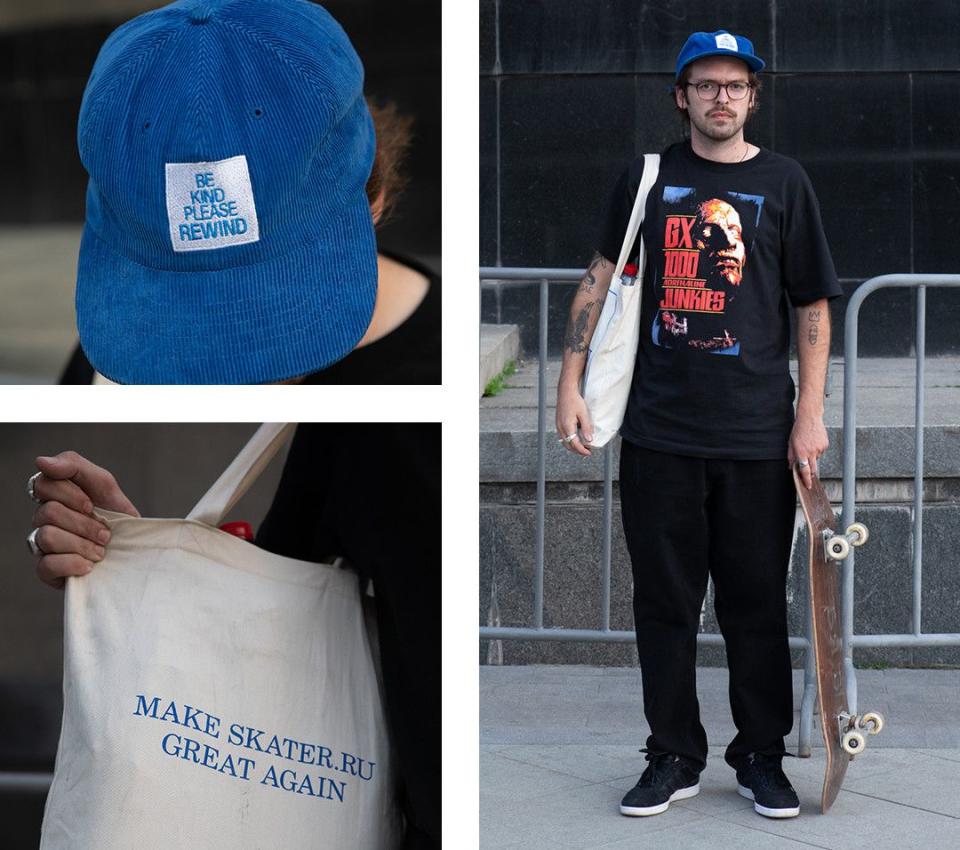
Sportswear, workwear, and hip-hop have also been gaining momentum in Moscow and beyond for the last couple of decades, helping build what now we call "skate style" in Russia. And unlike in the States, casual culture-borrowed from the Brits-is another heavy influence. Russian skaters started adopting brands like Fred Perry, Polo Ralph Lauren, and Lacoste without any assistance from their favorite riders' videos. Other British cultures-terrace, skinhead, mod-were also filtered through the lens of the native skate community. It was only a matter of time before seeing kids copy the same outfit without any attachment to the roots of the style.
Some of those newer brands-Polo Ralph Lauren, Tommy Hilfiger-were also synonyms with hip-hop among Russian skaters. "Kids became tired of skate brands, and started to look at clothing labels out of skateboarding," says Tolia Titaev, a professional skateboarder, co-founder of the brand РАССВЕТ, and creative director of the Oktyabr skate store. "For example, in London, guys prefer football casual style. Some of them skate in Reeboks and Polo Ralph Lauren. It's a more European type of skater," he explains. Then he gets to the heart of the matter: "If you have your own original view on style, why not to bring it into riding?"
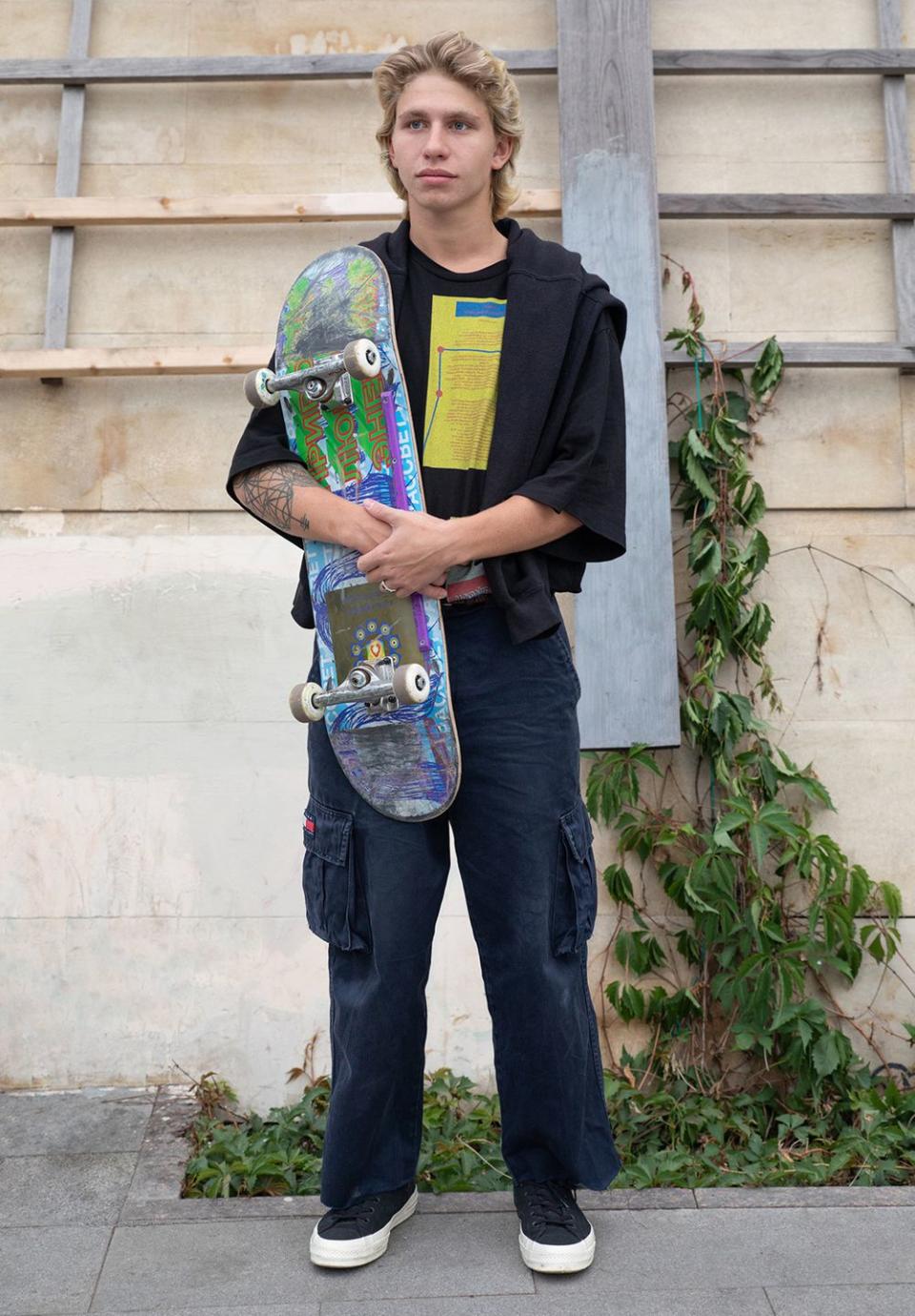
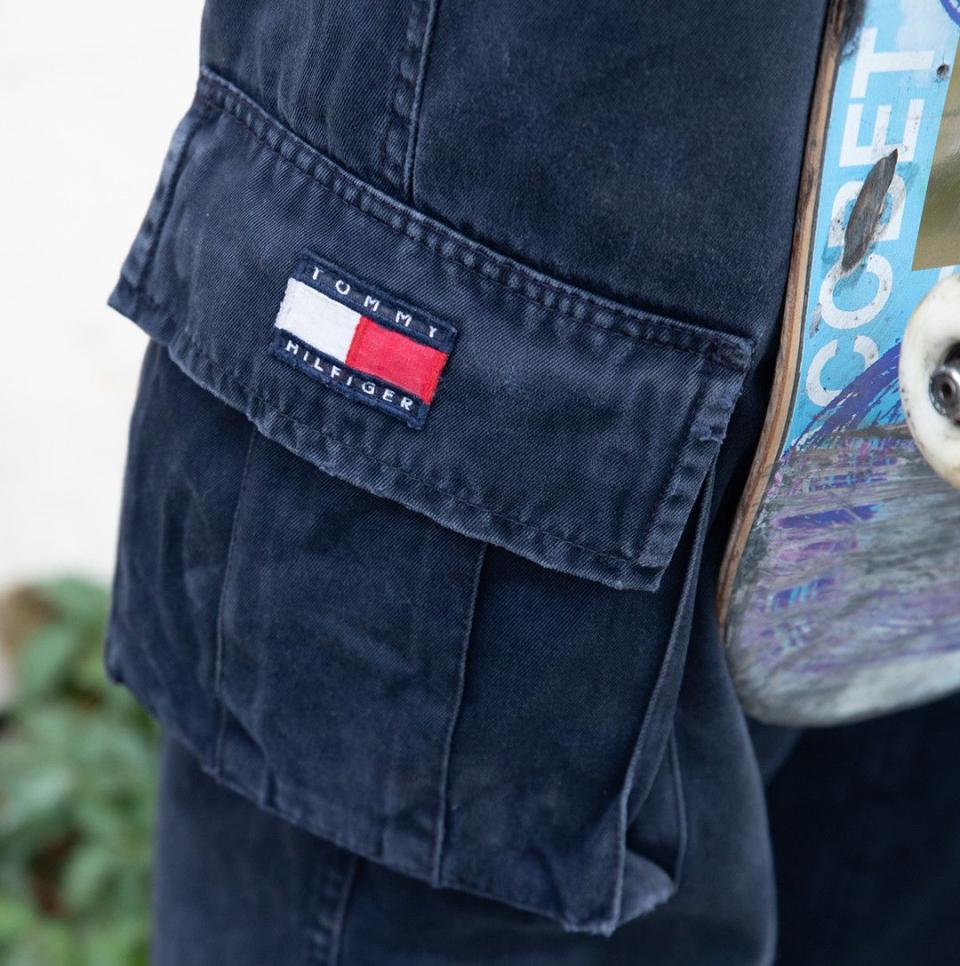
Skating in Russian (as elsewhere), is also about paying homage to a certain vibe-one that might not be 100 percent connected to skating. "For sure, it is an inherent tendency," says Nikita Kopytin of bringing a look to skating. "But aside from that, it's about the '90s. I didn’t live in that time, but I know that kids used to wear Reeboks, Converse, Tommy Hilfiger. And the '90s were a very important period in skateboarding. Everything is interrelated."
Nowadays Russian skateboarding is enjoying a revival of indie brands-even if those brands aren't actually Russian. Some of them have an overwhelming presence beyond the activity-specific community. Nevertheless they stick to their skate roots and promote the culture. Brands like Palace (London) and Supreme (New York) helped place more attention on skateboarding. The Russian scene is no exception: Kids follow follow their favorite riders and get inspired by them. But, as person delves deeper int0 the culture, he explores more independent small brands: Dime, Fucking Awesome, Call Me 917, and Polar (just to name a few).
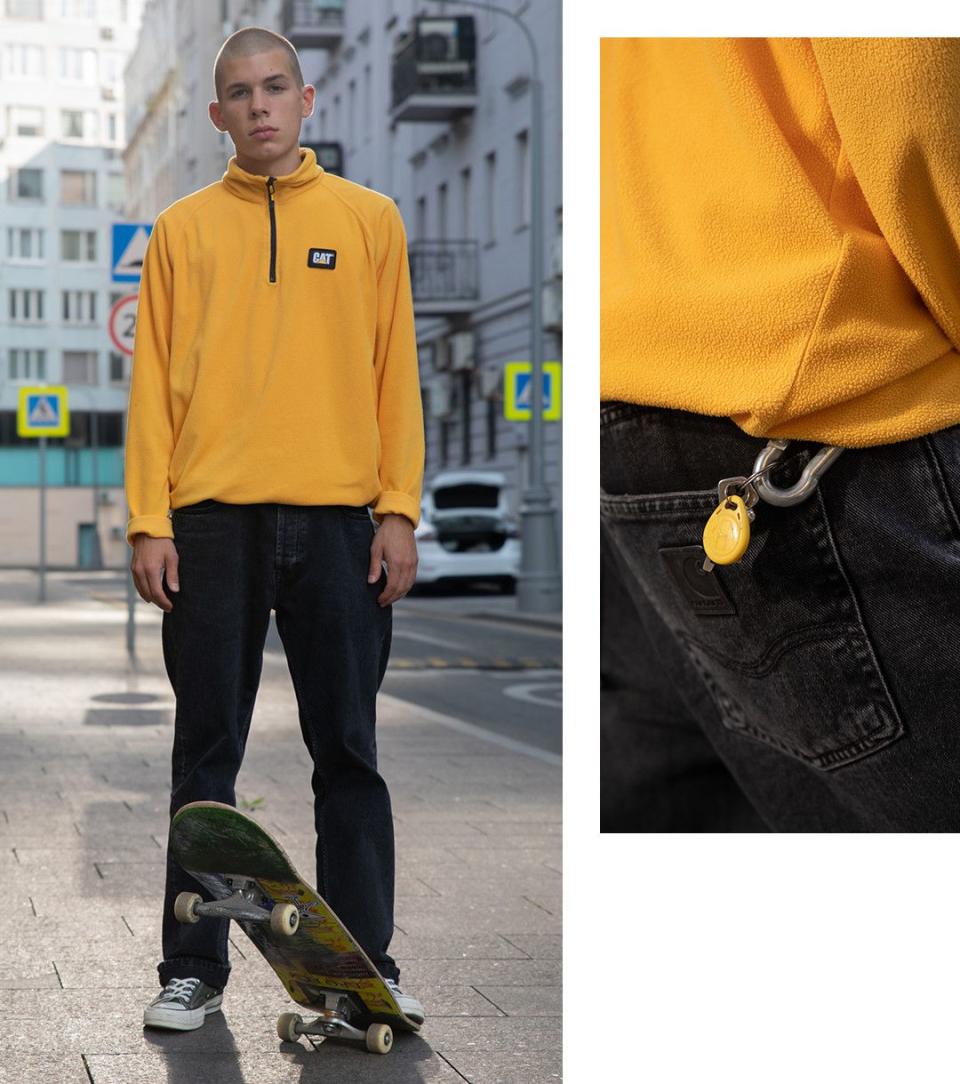
From one side, the internet is an endless source of information. From the other, it moves style towards homogeneity. But there is always will be an accent: something local that makes you look a little different. "Skaters in Russia, just like everywhere else, try to copy style of their favorite riders," says Nikita Kopytin. "But they do it negligently. This manner of perception, it's a local thing. I like it; it becomes a part of a local style."
Photography by Leonid Sorokin
('You Might Also Like',)

